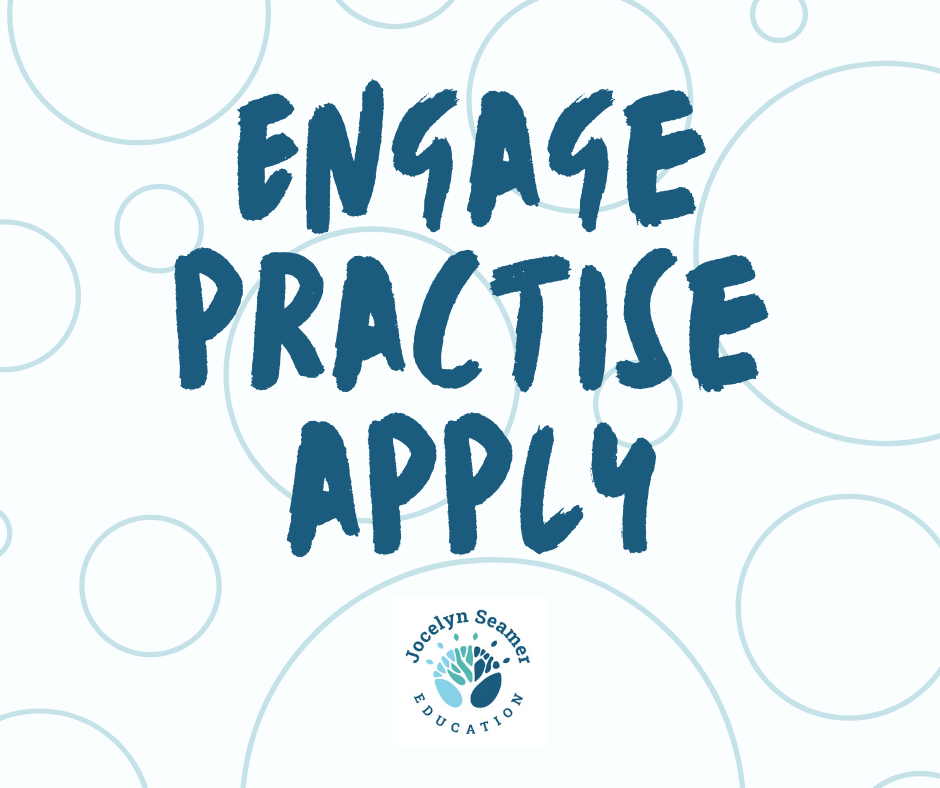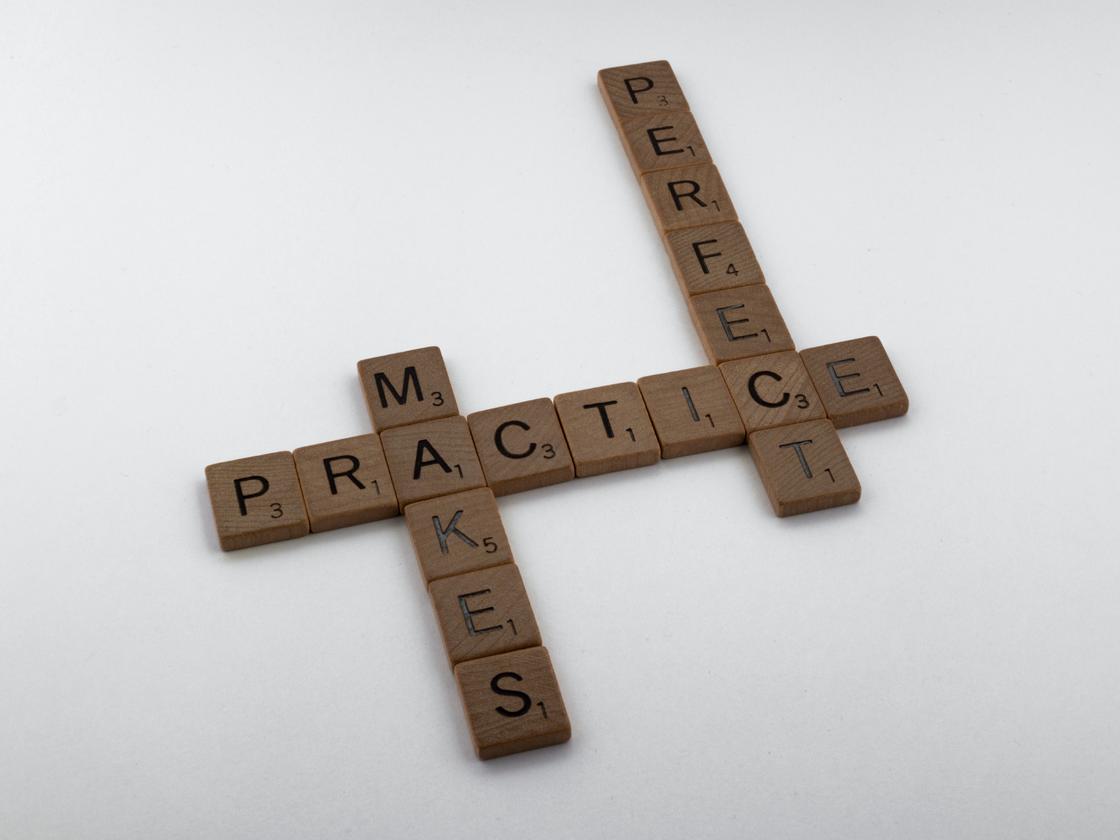My students are learning things. Aren’t they?

Early in 2021 I held a Masterclass called ‘The Top Three Mistakes Foundation Teachers Make in Reading Instruction – and How to Avoid Them’. This week’s post revisits mistake number 2
Assuming that because you have taught something, students have learned it.
Every single one of us has made this assumption at one point or another only to realise later that we were so wrong!
The first thing to consider are three little words -

Essentially, students need to do something with and think about the things they are learning.
This all starts with making sure that students are ready to learn. It is critical to build the field in concepts, vocabulary, learning behaviours and wellbeing to ensure that all students can even get foot in the door of learning. We might be doing this in vocabulary, but what about in learning behaviours? How are we setting our students who need extra support up for success?
Engage
We are usually pretty good at modelling and deconstructing concepts and skills (after all, teachers are top talkers!) but what does it look like to run a full-participation joint construction? I can tell that what it doesn’t look like. The teacher and 3 students working on something while the rest of the class sits on the mat looking in the general direction of the board. Full participation means that every student is paying attention, is engaged, is practising and then having the chance to apply learning. Stanislas Dehaene calls these the Three Pillars of Learning. I have written more about this here. Instead of the traditional model of joint construction, you can do the following things to engage students:
- Partner Talk in response to a question you ask
- Checking for understanding throughout the lesson using thumbs up / thumbs down or white boards
- Having students answer questions ‘as one voice’. You ask the question, have the students whisper the answer into their hand and then provide the answer as a group in response to a signal. E.g., you might click your fingers.
Practise
Spaced practice and retrieval practice are two evidence informed methods of ensuring that students have the chance to consolidate learning. In phonics (and many other areas of learning), this is really easy to do. Simply include it in your teaching every single day. Making practise /review as part of your regular, daily instructional routines means that you don’t ever have to find that ‘extra’ time again. This regular practice enables students to build skills to mastery and have the chance to learn them to automaticity – a critical factor in building more sophisticated reading and spelling capacity.

Apply
When it comes to decoding, the more you do it, the better you get. It isn’t enough just to flash phonics cards at the students (regardless of age) and think this will get the job done. Students must have the opportunity to apply what they are learning (both phonics and phonemic skills) in blending and segmenting tasks. This is as much a part of your review work as it is your initial decoding instruction.
Keeping these three simple words in mind as you plan your instruction will mean that students are able to retain knowledge and skills and become more independent in their learning. Something we are all aiming for, I’m sure.
All of the ideas discussed here, are covered in more detail in the video clip below.
If you would like to download the Phonics Review PowerPoint I have shown, enter your details below.


0 comments
Leave a comment